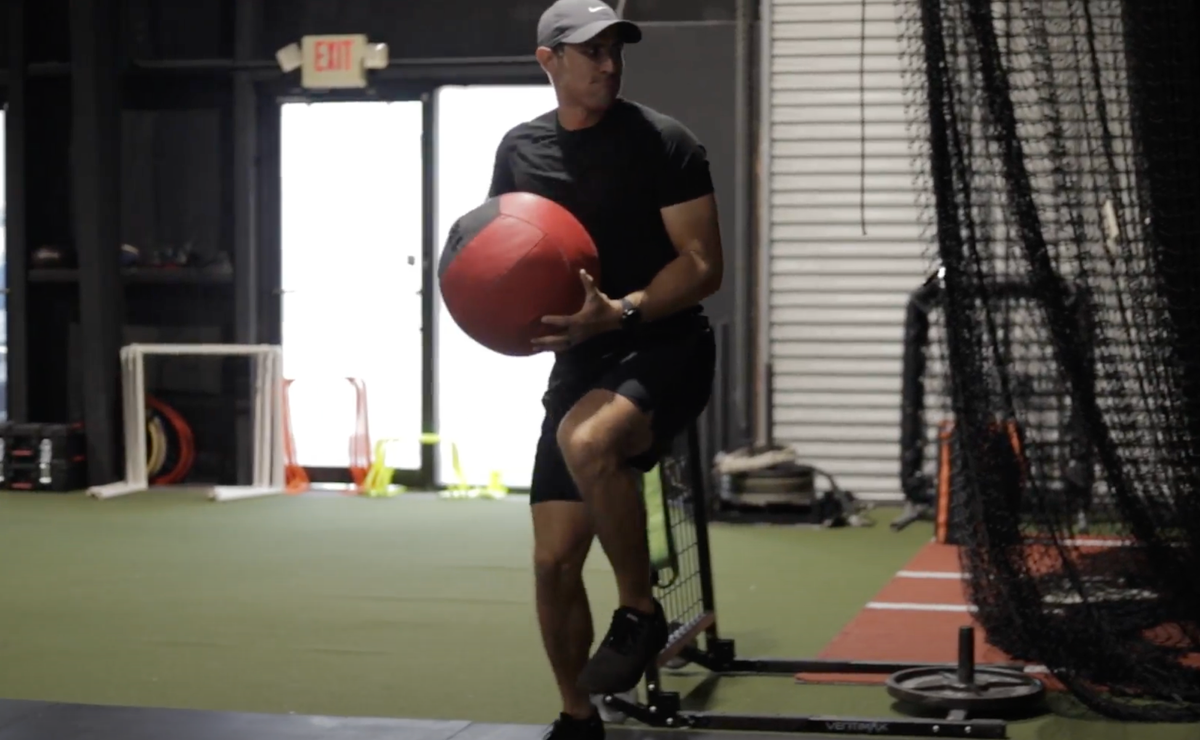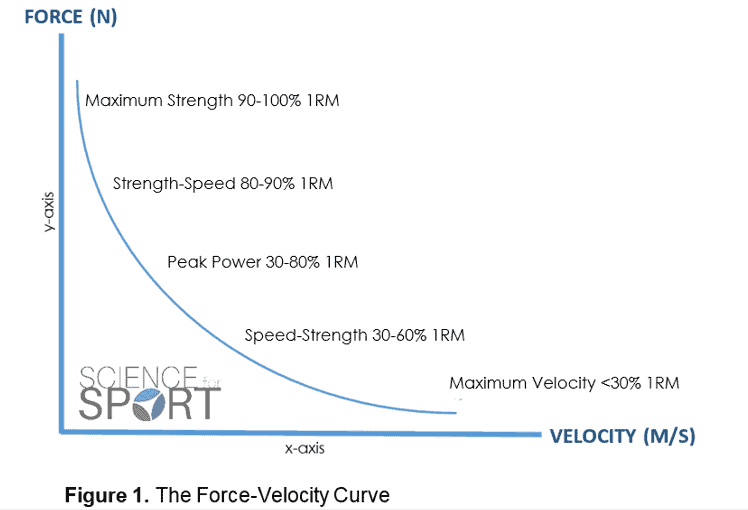Training Rotational Power: Med Ball Basics

Development of power as an athlete is an important physical factor. Many athletic qualities require movements on the power - speed spectrum of the force velocity curve. Although total power output (squat, deadlift, CMJ, broad jump, etc) does have carryover to rotational power/speed, training power in the specific plane has a larger carryover to the same planes physical demand. As detailed in previous blog posts, rotational kinematics and the kinetic chain provides the required full body power to properly transmit these forces to the arm. In quarterbacking we want to transfer force generation from the pelvis as rapidly as possible to the torso, then the shoulder - elbow - hand, and ultimately the ball. There is a interplay of force production, force acceptance, adequate range, and motor sequencing. However, in the interest of simplicity we will focus this blog post solely around improving rotational power and speed with one specific tool and how that tool can serve a few benefits as it pertains to becoming a better quarterback.
Constraint Based Learning Effects of Medicine Balls
Med balls can be used as a constraint-based learning model for quarterback development by limiting the degrees of freedom in the throwing motion. This means taking out all of the arm (shoulder, elbow, wrist, hand) movements and instead “connect” the feeling of the rotation between the hips - core - torso. This can help quarterbacks focus on proper production of forces from the kinetic chain which, in turn, leads to improved feels during their football or Plyo-based throwing mechanics. Enhancing the pelvis, core, lat, and TSpine connection helps improve the hip shoulder separation sequencing and speed, a vital component to proper kinematic sequencing and rotational velocity.
Power is Plane Specific
Studies on neuromuscular adaptations, throwing velocity and motor skill learning demonstrate that training exercises are most beneficial when they closely replicate the specific movement patterns used in the target activity. For quarterbacking and throwing in general the main vector of movement is in the transverse plane and generation of torque in the body and arm.
For quarterbacks, this translates to rotational power training in the transverse plane, as throwing a football involves generating force across the body. Med ball exercises designed to mimic this throwing motion can be a valuable tool for quarterbacks. Med balls can be used at varying weight and varying positions to impact the QB development differently.
Actionable Insight and Exercise Options
Heavy medicine balls: Strength-Speed to Power. Pairs well with eccentric phases of training. Helps create more co-contraction, coordination, and stability. Will expose inefficiencies in force production and stability.
Lighter medicine balls: Power to Speed. Pairs well with power and speed phases of training. Helps improve both pelvis and torso speed, as well as increasing sequencing self organization. Less challenge of stability and a strong base.
If you're interested in learning how to train, develop, and perform like an NFL Quarterback, join the waitlist at kinetex.co. If you're interested in reading more posts on all things quarterbacking and throwing biomechanics, subscribe to the blog.
- Med Ball Positional Demands Matrix
- Scoop Positioning
- Connection
- Hip Leading Drive
- Core stability transfer
- Multi-positon
- Throw Positioning
- Dissociation of HSS
- Torso power following hips
- Coil and dynamic transfer
- OH Positioning
- Lat
- Serratus
- T-Spine Extension
- RnG
- Constraint Based Learning
- Train for Speed
- Self Organize
- Phasic
- Catches: AEL
- Hop Backs: Ecc Tempo
- Double Hops: Strength
- Static Stagg, Etc: Power or Iso
- Potentiated: Power or Speed
- RnG: Speed
- Drill is based on unique QBs inefficiencies throwing
- Scoop Positioning

Using both heavy and light medicine balls in training can be valuable tools to train the entire force velocity curve, while improving motor learning skills as well. Utilizing different base positions of throws can vary the intent of the rotational forces and movement. It's only a small piece of the overall development puzzle, but better understanding around exercise reasoning will make sure you pick the correct drill for you!
